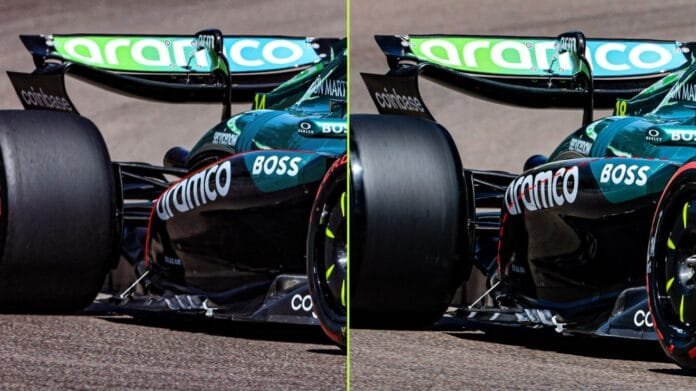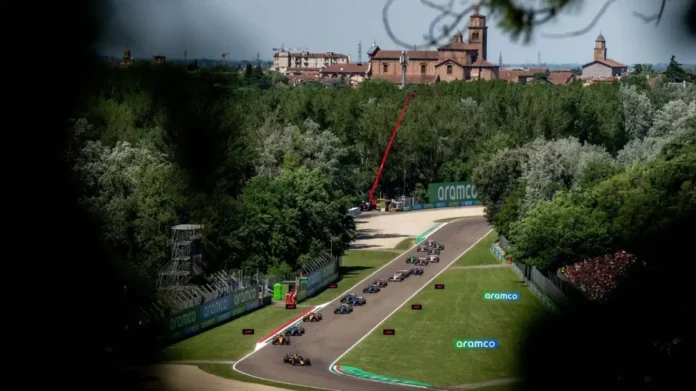Understanding the Technical Directives
In the lead-up to the Emilia Romagna Grand Prix, the FIA issued three technical directives aimed at F1 teams. These directives served as crucial clarifications concerning the technical regulations that govern car designs. Technical directives, often viewed as addendums to the standard regulations, help enforce existing rules by addressing innovative developments that teams may implement, which might fall outside the spirit of the regulations.

Changes in Performance Dynamics
During the Grand Prix, spectators observed a noticeable shift in performance between the leading teams. Traditionally, Red Bull’s RB21 had displayed signs of superior tyre wear management compared to McLaren’s MCL39. However, at Imola, this dynamic reversed, prompting significant discussion. Max Verstappen’s success, winning the race with ease, raised questions about the effectiveness of the recently introduced technical directives.
Role Reversal Among the Teams
The technical directives clearly impacted the teams’ performances. For the first time this season, it was McLaren who struggled with tyre degradation, leading to Oscar Piastri’s pit stop on lap 13 due to a notable loss of speed. The unexpected outcome left fans and analysts puzzled, as the consistently strong McLaren cars faltered, while Red Bull capitalized on the improvements underscored by the recent clarifications. The resulting role reversal not only surprised viewers but highlighted the significant ripple effect that regulatory changes can have on competition.



